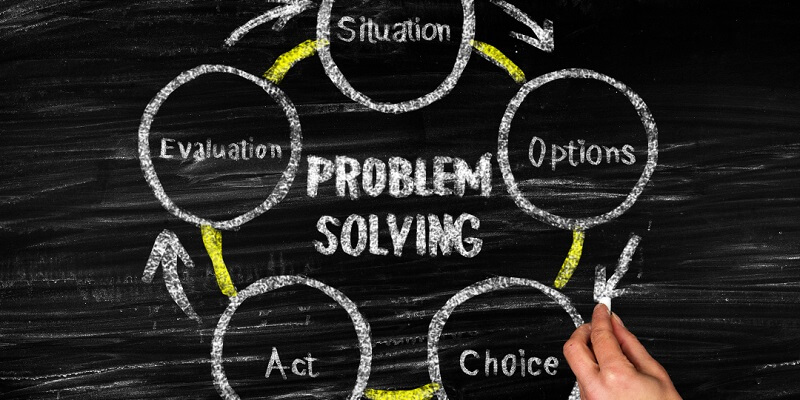
Problem-solving is a crucial mental process that involves finding solutions to obstacles or issues by analyzing and addressing them. It requires various strategies, depending on the nature of the problem, and it is essential to go through certain steps to find the most effective solution.
The problem-solving cycle is often used to guide individuals through finding a solution, though it’s flexible, with people sometimes skipping or revisiting steps. Here’s an overview of the key steps involved:
The first step may seem simple, but correctly identifying the problem is crucial. Sometimes, people may misidentify the problem, which could lead to ineffective solutions. Thorough observation and analysis are required to ensure the correct issue is being addressed.
After identifying the problem, it’s important to fully understand it by defining the specific details. Defining the problem clearly helps in setting up a framework for finding a solution.
In this step, a plan is created to approach solving the problem. This strategy will depend on the nature of the issue and an individual’s preferences, which could involve using creativity, logic, or a systematic approach. Some situations may require a combination of strategies.
Before implementing the strategy, it is essential to organize all available information related to the problem. This involves figuring out what is known about the issue and what is unknown. The more information gathered, the better the chances of developing an accurate and informed solution.
Resources such as time, money, and effort are often limited. It's important to evaluate how much resource to allocate based on the priority of the problem. For a critical issue, more resources should be allocated, while for minor issues, it is wise to use fewer resources.
As solutions are put into action, it's essential to track progress to ensure that the problem is being resolved effectively. If the solution isn’t working as planned, adjustments or reevaluations may be necessary. Regular monitoring allows the problem-solver to stay on track and pivot when required.
After a solution has been implemented, evaluating the outcome is necessary to ensure the problem has been properly solved. This step could involve immediate checks (like verifying a math problem solution) or a longer-term evaluation (like assessing the success of a treatment plan). The goal is to determine whether the solution is effective or if further adjustments are needed.
Problem-solving is an ongoing process that involves critical thinking, organization, resource allocation, and evaluation. By following these steps, individuals can tackle challenges in a structured and methodical way, increasing the likelihood of finding effective and lasting solutions.